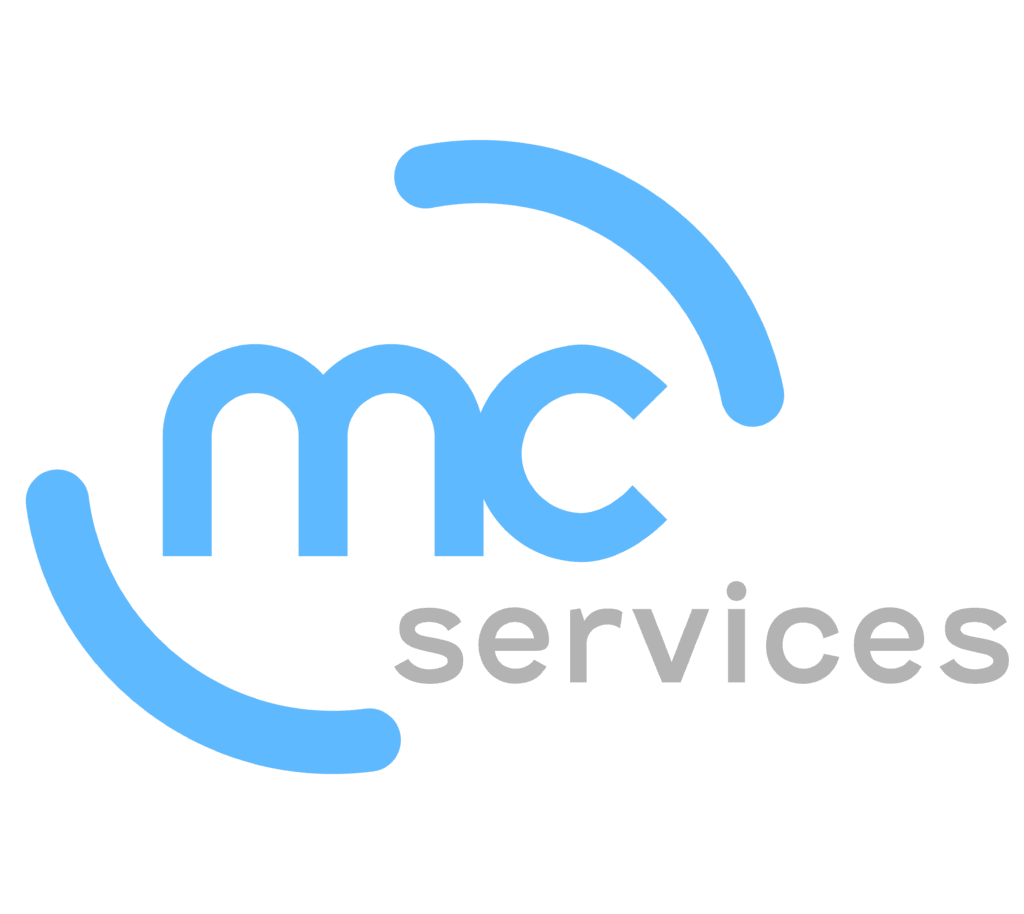There's a pretty good chance that there has been some type of work-related function you have used a personal device to accomplish in the last couple years. This could be simply checking a work email on a smartphone, but it happened. It is easy to understand why, as many employees own technology that is above and beyond what they have access to in the office. This is also where the popularity bring-your-own-device (BYOD) strategies comes from.
Businesses are starting to gain awareness of what the latest tablets and smartphones are capable of, especially when the devices are paired with the proper mobile applications. However, investing in these devices can become expensive, especially for companies that are already holding the wallet tight because of hard economic times.
According to research by Gartner, half of the companies worldwide will ask employees to provide their own devices for work by 2017. The study found that on average work equipment is an expense of $600 per employee per year. To avoid this, BYOD becomes the perfect option.
"BYOD strategies are the most radical change to the economics and the culture of client computing in business in decades," said David Willis, vice president and distinguished analyst at Gartner. "The benefits of BYOD include creating new mobile workforce opportunities, increasing employee satisfaction, and reducing or avoiding costs."
Using mobile devices in a work setting successfully takes more than just handing out the wireless password. Companies should partner with an IT consultant who is familiar with the process of an iPad deployment, for example, to make sure it is able to optimize BYOD from the beginning.
